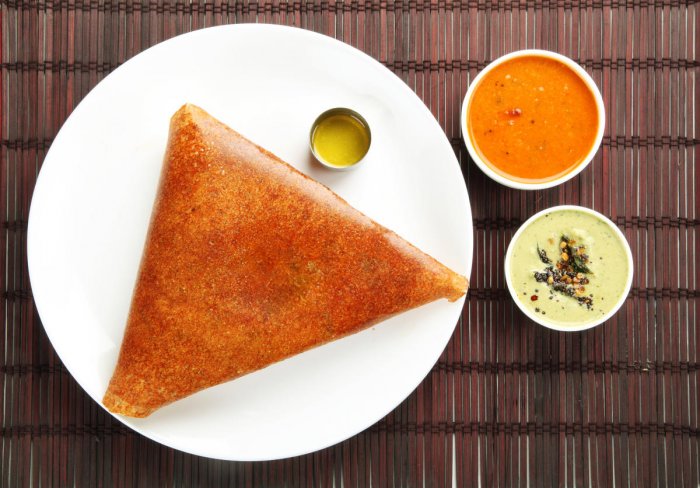art
My earliest memory of school has to do with early morning breakfast — specifically, of my sister and me being coaxed to eat morsels of freshly-made dosai as we struggled to get into our uniforms, got our hair combed, ran about the house and evaded another sip of milk.
Surrounding that freshly-made dosai are the memories of a joint family of ten individuals living together, hustling in the morning, the kitchen abuzz with activity and aromas, as meals for the working adults and tiffins for the school children were prepared. Almost everything else is blurry, as is the case with most adult memories about pre-adolescent years, but that memory of the dosai stays and the love with which our grandmother fed us remains deeply imprinted.
All of us have memories of food. Some good, some bad and others that teach us about the nature of curiosity. But how do we form these memories and what is their significance? The first part of the question deals with human anatomy (bear with me) has to do with a set of structures within our brain that are collectively known as the limbic system — in particular, the deeply interconnected areas of the hippocampus (responsible for learning and memory),the amygdala (responsible for experiencing emotions), the hypothalamus (amongst a plethora of functions it is responsible for modulating appetite and hunger) and the olfactory cortex (responsible for the sense of smell).
Through sensory stimulus, these systems collectively help our body and mind ascertain information about the nature of procuring sustenance, their nutritional advantages and the impact they have on our physical, mental and emotional well-being.
The hippocampus is responsible for processing two kinds of memories, namely declarative memory (related to facts and events) and spatial memories (related to direction, pathways and routes). Apart from this, the hippocampus also helps convert short-term memory into long- term memories. Given that humans have predominantly been a hunting/ foraging species for the better part of our existence (agriculture and husbandry being fairly recent developments in comparison), finding food for survival has been one of our most important driving forces. In view of this, the hippocampus’ ability to form memories about food prove to be an invaluable trait. The ability of the amygdala to perceive and process emotions proves vital when forming memories as studies show that emotion helps consolidate memories and make them more impactful and long-lasting.
Memories around food tend to be so strong because the act of consumption engages all of our five major senses, thus creating a deep and resonating experience that tends to last a lifetime. At the forefront of this rollercoaster ride are our senses of smell and taste.
These senses, unlike others, are closely connected to the amygdala and the hippocampus in the form of the olfactory bulb and olfactory cortex. Odour-induced memories are richer in emotion and clarity as compared to visual or auditory memories of the same thing and our sense of smell and taste help form lasting memories of not just the meal we have consumed, but the environment, time and context in which we have consumed it.
Given our social nature, we have used the memory of food as an effective tool to propagate social events of cultural significance. Food and feasts become the fulcrum around which we acknowledge celebrations, mournings, rituals and religion. The memories thus created form a vital part of our identity, helping us stitch together a personal narrative that draws richly on the relationships we cultivated through food, and the people and events we cultivated them with.













